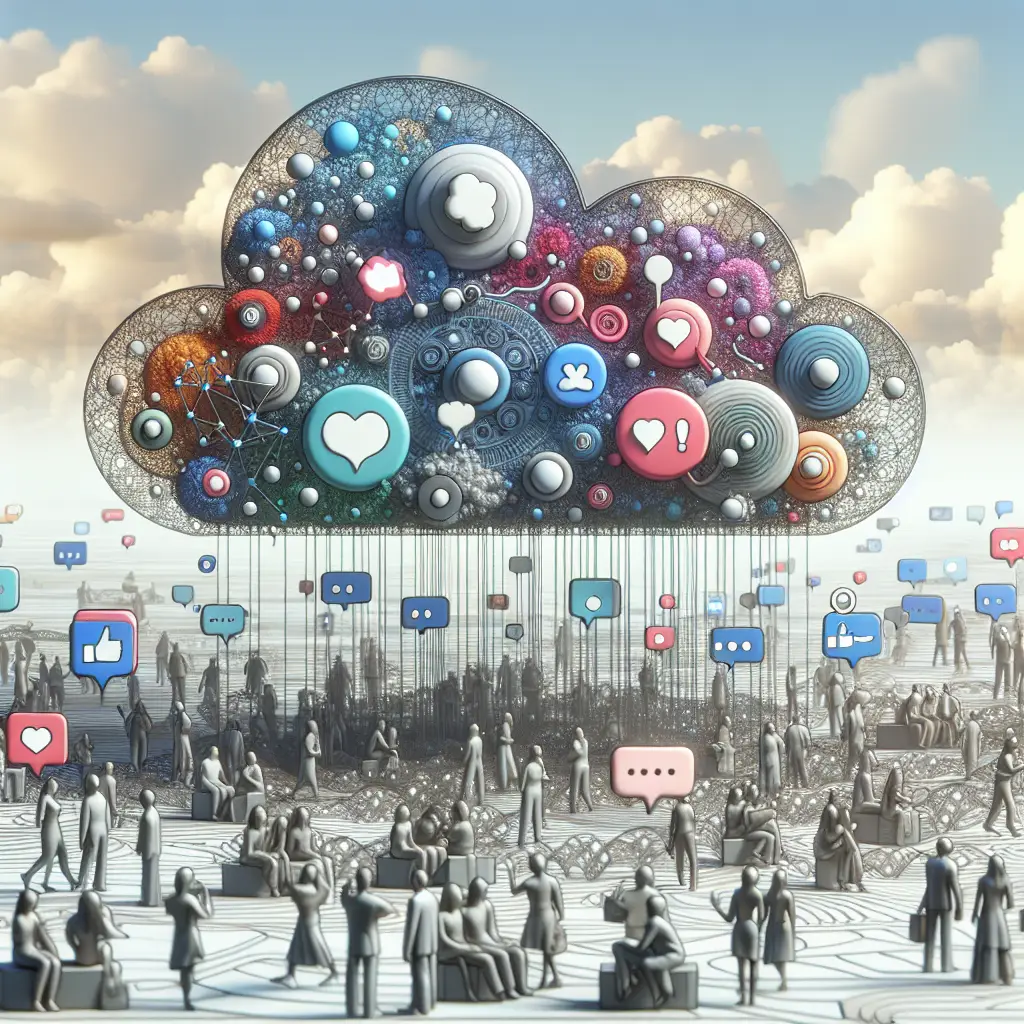The Evolution of Creation: A Deep Dive into 3D Printing Technology
Introduction: Printing the Third Dimension
When we talk about technological advancements that have reshaped our world in the last few years, many immediately think of digital transformations—things like artificial intelligence, virtual reality, and machine learning. These developments certainly deserve our attention, but there’s another equally important area of innovation that we should be exploring: the captivating world of 3D printing technology.
3D printing, from its inception in the 1980s to its modern forms, has brought a revolution in various industries. It created paradigm shifts and set against the backdrop of our tomorrow, tangible concepts that were only a part of our science fiction fantasies. From the automotive to the medical industry, its unique applications have made 3D printing a cornerstone of the new industrial revolution.
Today, we plunge into the depths of this fascinating technology—its history, its diverse industrial applications, and the ethical considerations that follow with its limitless potential.
A Backward Glance: The Origins of 3D Printing
Think 3D printing, and you may conjure up images of contemporary art installations or hi-tech automotive factories. Yet the roots of this technological marvel date back to the 1980s. It was the brainchild of an innovative thinker named Charles Hull. He initially titled his invention ‘stereolithography.’
What Hull’s technology achieved was the birth of a new kind of manufacturing that used additive processes, fundamentally shifting away from traditional subtractive methods where layers of materials were slowly removed. With 3D printing, objects would be created from digital files, layer by layer, using UV lasers. This incredible advancement flipped the manufacturing world on its head.
Of course, this radical change didn’t emerge overnight. Hull established his own company, 3D Systems, and commercialized the first 3D printers. However, the technology was astronomically expensive and lacked broad-based functionality, making it nonviable for general use. As the technology refined and prices simmered, 3D printing started infiltrating multiple sectors, disrupting traditional forms of manufacture.
Broadening Horizons: The Impact Across Industries
3D printing has thrust open the doors to countless opportunities and transformations across various industries. In the realm of medicine, it continues to work wonders. This technology is helping design specialized prosthetics, crafting implant replacements, and even leading the march towards printing viable human organs—a revolution, indeed, that saves lives.
On the other hand, the aviation and automotive industries have embraced 3D printing for the creation of intricate parts. This has majorly altered the economics of these sectors, which have traditionally been reliant on mass production techniques.
The spatial design industry has also seen the transformative powers of 3D printing. From detailed models that assist architects in visualizing their creations to the tantalizing prospects of constructing whole structures through 3D printing, reducing building costs, and optimizing efficiency.
The Uncharted Territory: Ethical Considerations
3D Printing brings great potential, but with this power comes responsibility and ethical implications. As soon as you open Pandora’s box of exponential acceleration, various ethical and regulatory issues arise.
The fear of weapon production constitutes one of such concerns. Unchecked accessibility could lead to the printing of functioning firearms that are both cheap and untraceable. This poses a severe societal threat.
Intellectual property rights is another looming issue in a world where 3D replication is just a click away. Safeguarding against design theft and copyright violations will become increasingly challenging.
The potential impact on employment is another critical consideration. Automation in manufacturing could lead to job cuts and significant industry-wide upheavals.
These issues, though daunting, do not overshadow the extraordinary potential 3D printing poses. It merely underscores the need for conscious regulatory measures, careful thought, and responsible usage.
Conclusion: Charting an Unseen Path
In its existence spanning mere decades, 3D printing technology has left an indelible mark on our world. It is fascinating to trace its origins, its current penetration in multiple industries, and its future possibilities.
We are living in one of the most exciting periods in history, where our capacity to create is nearly limitless. But with this power comes the necessity to regulate and balance ethical considerations. As we stand at the brink of unprecedented progress, it’s crucial to emphasize responsible innovation.
3D printing isn’t just about creating prototypes or building models—it’s about constructing a future. We must approach this future with thoughtful consideration, understanding the potential rewards and pitfalls alike. Human innovation can propel us to great heights, but we must ensure we don’t lose sight of the depths. In our pursuit for the future, let’s remember to craft responsibly.



